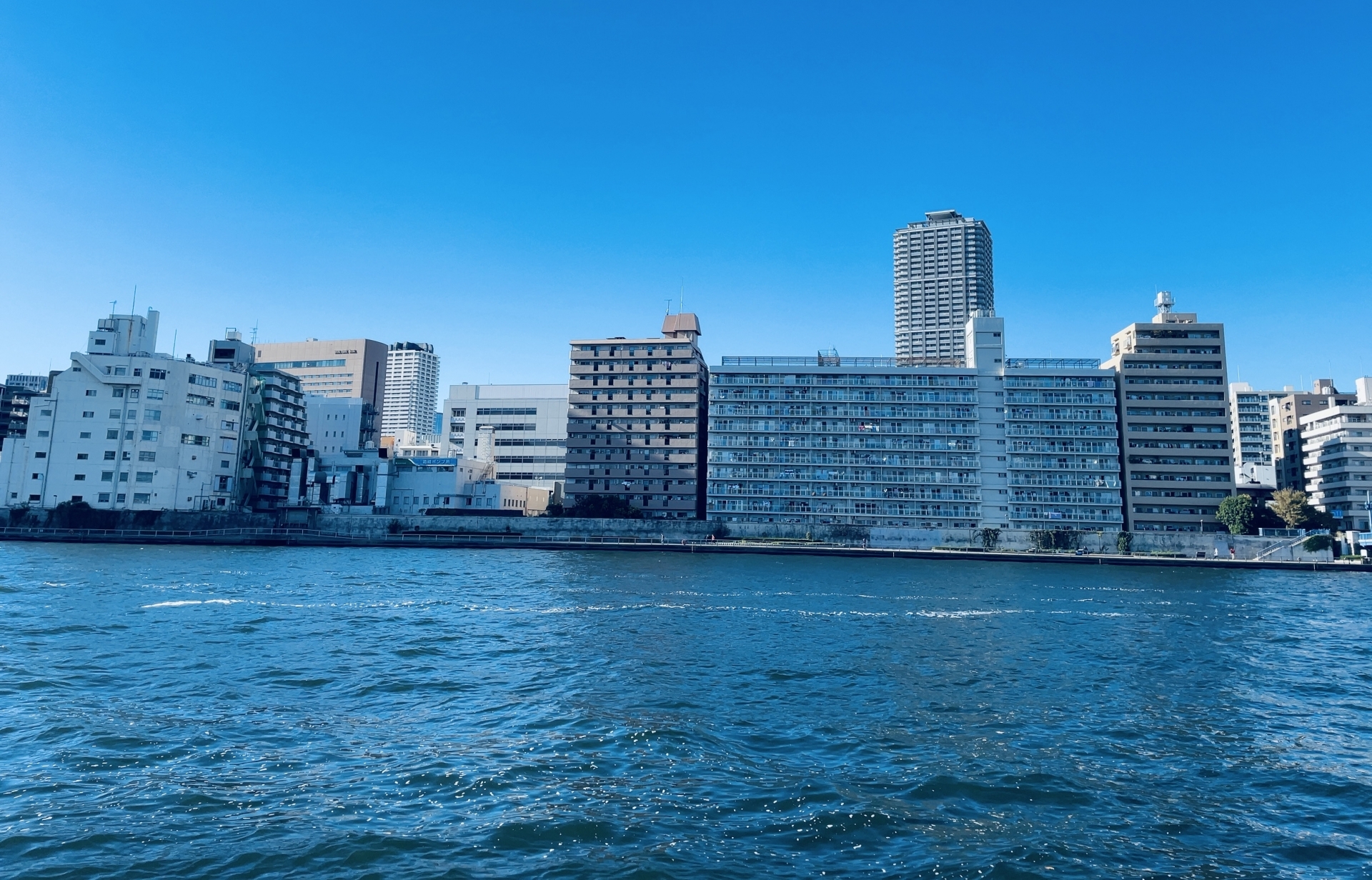An Inspection Certificate is a document that indicates that a building has passed a completion inspection after its completion, and proves that the building complies with the laws and regulations stipulated in the Building Standard Law. For example, construction cannot begin without receiving a "Confirmation Certificate" before completion, and an "Inspection Certificate" will be issued if the building passes the completion inspection after completion. The Building Standard Law (Article 7, etc.) requires that an application for a completion inspection be filed within four days after construction is completed, and an inspection certificate was assumed to be obtained from the beginning. In recent years, the submission of an Inspection Certificate is required in order to obtain a mortgage loan, and most newly constructed houses have obtained such a certificate.
Definition and Legal Background of Inspection Certificate
An Inspection Certificate is a certificate issued upon successful completion of an inspection of a building after the completion of construction based on an application for a building permit. The Building Standard Law stipulates that the building "must undergo a completion inspection" and that a Certificate of Inspection is issued upon compliance with the inspection. The purpose of the Certificate of Inspection is to certify compliance with laws and regulations, and to ensure the safety and quality of the building. In the past, registration and financing were possible without an inspection certificate, and there was a time when owners were unaware of the need for one. However, today, the completion inspection rate has increased to over 90%, as it is required for mortgage loans and other purposes.
Why do properties without inspection certificates exist?
There was once a time when the acquisition rate of inspection certificates was very low. According to data from the Ministry of Land, Infrastructure, Transport and Tourism, the completion inspection rate was only about 40% around 1998. There are a great many houses built in the Showa period and early Heisei period that were used as-is without completion inspections, although applications for building permits were filed.
The following table shows the percentage of completion inspections by era:
- Around 1985 (Showa 60): about 12
- Around 1998: approximately 40
- Around 2003: approximately 70
- Current (around 2023): more than 95%.
In 2003, the Ministry of Land, Infrastructure, Transport and Tourism (MLIT) notified financial institutions that they should " give due consideration to whether the property to be financed complies with building code regulations by using inspection certificates and other means when financing new buildings, " and the importance of obtaining inspection certificates was recognized and the acquisition rate increased significantly.
In summary, including other factors, the main reasons for the existence of properties without inspection certificates include the following cases:
-
Older homes: A large number of homes built in the Showa and early Heisei eras were used without completion inspections due to a lack of inspection recognition. For example, the completion inspection rate for buildings completed in 1998 was as low as about 38%, and even lower before that. While most properties built in recent years have obtained inspection certificates, many existing properties over 20 years old tend not to have inspection certificates.
-
Buildings that do not require a building permit application (No. 4 buildings, etc.): Buildings that fall under the legal category of "No. 4 buildings," such as warehouses and small houses with a site area below a certain level, are exempt from building permit applications and completion inspections, and are not issued an inspection certificate in the first place. Since such buildings are considered ready for use immediately after completion, they are exempt from obtaining an inspection certificate.
-
Unapplied for/illegal construction: If construction was started without first applying for a building permit, or if additions or renovations were made that differ from the confirmed documents, the building is in violation of the law and is not subject to a completion inspection. If you intentionally omitted the procedures, an inspection certificate will not be issued and the building may be illegal.
-
Lost Inspection Certificate: There are cases where the document has been lost and is not in hand, even though it was originally obtained. In the case of loss, a record is kept in the building ledger of the municipality, so a "certificate of ledger entries" can be obtained in place of the lost document. On the other hand, if there is no record in the ledger either, it is assumed that the inspection itself was not conducted at the time of construction.
Major Risks of Properties without Inspection Certificates
Properties without an inspection certificate have the following risks
-
Loan (mortgage) restrictions: Many financial institutions require an inspection certificate when applying for a mortgage; in 2003, the Ministry of Land, Infrastructure, Transport and Tourism issued a notice to refrain from financing buildings without an inspection certificate, and even today, an inspection certificate is required for loan approval. Without an inspection certificate, it is highly likely that you will not be approved for a mortgage loan, making it difficult to obtain financing for your purchase.
-
Suspicion of illegal construction: Without an inspection certificate, it is impossible to prove that the building was in compliance at the time of construction. Therefore, purchasers and banks are concerned that the building may be illegal. Compliance-conscious companies and loan approval departments in particular tend to avoid dealing with properties without inspection certificates.
-
Selling and Decrease in Asset Value: Properties without an inspection certificate are difficult to sell, and in many cases cannot be sold unless they are sold at a discount from the market price. The presence or absence of an inspection certificate greatly affects the reaction of prospective buyers, and without one, buyers are reluctant to buy, increasing the risk of being asked to discount the price in price negotiations.
-
Restrictions on extensions, renovations, and reconstructions: Buildings without an inspection certificate do not have proof of compliance with laws and regulations, so the municipal office may not accept an application for confirmation for additional work such as extensions or changes of use. In addition, when reconstructing a building, the parts of the building that do not conform to the current standards may be judged to be nonconforming, and new confirmation procedures and surveys may be required. In particular, there is a risk that "rebuilding restrictions" may be imposed or that reinforcements such as seismic control and earthquake resistance may be required.
Impact on Financing
The availability of an inspection certificate has a direct impact on mortgage screening. As mentioned above, most banks require the submission of an inspection certificate when applying for a loan, and if you do not have one, there is a very high possibility that your application will not be approved. For example, Flat 35 and other public loans often require a certificate of conformity, which cannot be used for properties without an inspection certificate. In some cases, local credit unions and regional banks will consider financing on the condition of an earthquake-resistance diagnosis of the building and a report on the conformity survey, but it is generally accepted that a mortgage loan cannot be obtained without an inspection certificate. Therefore, you will need to purchase the property with your own funds or consider another product such as a renovation loan for existing homes.
Advantages of Properties without Inspection Certificate
Properties without inspection certificates have advantages mainly in terms of price. Properties without inspection certificates tend to be sold at a discount to the market price because there is less competition in the market and buyers are limited when selling. For buyers, this provides room for negotiation, and they may be able to purchase the property at a lower price. In addition, older properties may have an attractive historical flavor or location, and this is an opportunity to buy at a bargain price for renovation. Of course, the decision must be made after careful consideration of the risks and countermeasures described below.
Measures to take when purchasing a property without an inspection certificate
When purchasing a property without an inspection certificate, the following measures are important:
-
Survey by an architect: Ask a reliable architect to conduct a detailed survey of the building's condition. Determine the earthquake resistance, presence of illegal parts, and need for repairs, and have them compiled in the form of a "Building Condition Appraisal Report" or similar document. This will give you a basis for determining the cost of future reinforcement work and compliance with the law.
-
Administrative Consultation and Confirmation Procedures: Consult with the Building Guidance Section of the municipal government in advance to confirm the situation. If the inspection certificate is lost, you can obtain a certificate of items listed in the building registry at the municipal office to check the record of issuance. Even if the inspection itself has not been conducted, if the building is presumed to be in compliance, there are means to conduct a conformity status investigation based on the Building Standard Law Article 12, Section 5 Report and MLIT guidelines. Submitting the results of these surveys as alternative documents to the confirmation certificate will make it easier to proceed with the extension or loan review.
-
Re-acquisition or alternative documentation: In the case of a building for which an Inspection Certificate has already been issued but is missing, the aforementioned "Certificate of Matters Described in the Ledger" is the official alternative proof. Since the inspection certificate itself cannot legally be reissued, a conformity survey report or restored drawings prepared by an architect can be used instead.
-
Consultation on financing conditions: You may also consult with the bank and ask them to consider conditional financing. In some cases, some financial institutions will consider passing the examination by submitting a seismic evaluation report or survey report even without an inspection certificate. Local credit unions and Flat 35 (Japan Housing Support Organization), in particular, may be flexible for existing properties.
Conclusion
An inspection certificate is an important document that proves that a building complies with the Building Standard Law, but many properties, especially older ones, do not have an inspection certificate. Without an inspection certificate, a property may be at risk of difficulty in obtaining a mortgage, restrictions on future additions, renovations, or changes in use, and a decrease in value when sold.
On the other hand, properties without an inspection certificate may be available at a discount from the market price, and may be an attractive option for buyers with sufficient funds or for investment purposes.
When purchasing a property without an inspection certificate, it is important to take measures to mitigate the risk, such as having an architect conduct an on-site survey and obtain a Building Standard Law compliance status investigation report. It is also recommended to consult with financial institutions in advance regarding financing and explore the possibility of a mortgage loan conditional on the submission of a survey report and seismic evaluation report.
The availability of an inspection certificate is one of the most important checkpoints when purchasing a property. We hope that the information in this article will help you correctly understand the inspection certificate and take appropriate measures when selecting a property and making a purchase decision, so that you can proceed with your real estate purchase with peace of mind.

Daisuke Inazawa
Representative Director of INA&Associates Inc. Based in Osaka, Tokyo, and Kanagawa, he is engaged in real estate sales, leasing, and management. He provides services based on his extensive experience in the real estate industry. Based on the philosophy that “human resources are a company's most important asset,” he places great importance on human resource development. He continues to take on the challenge of creating sustainable corporate value.

.png)












